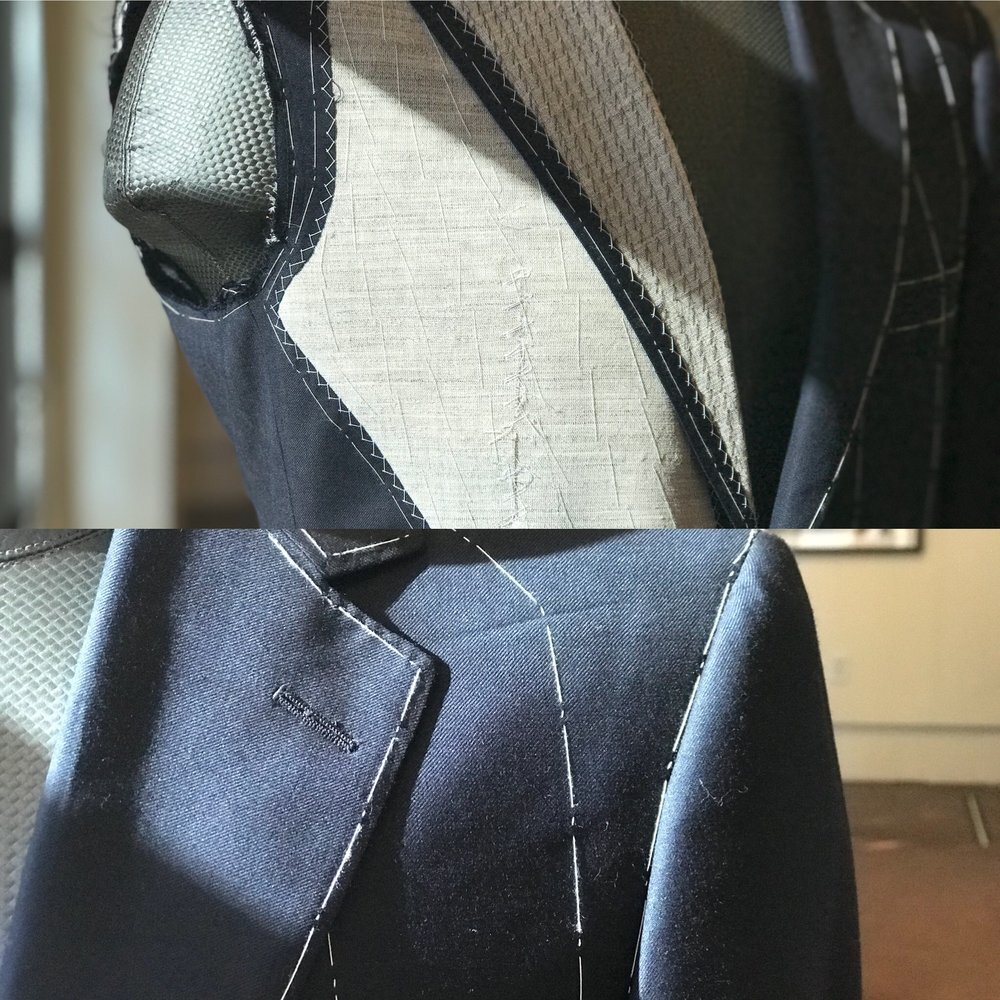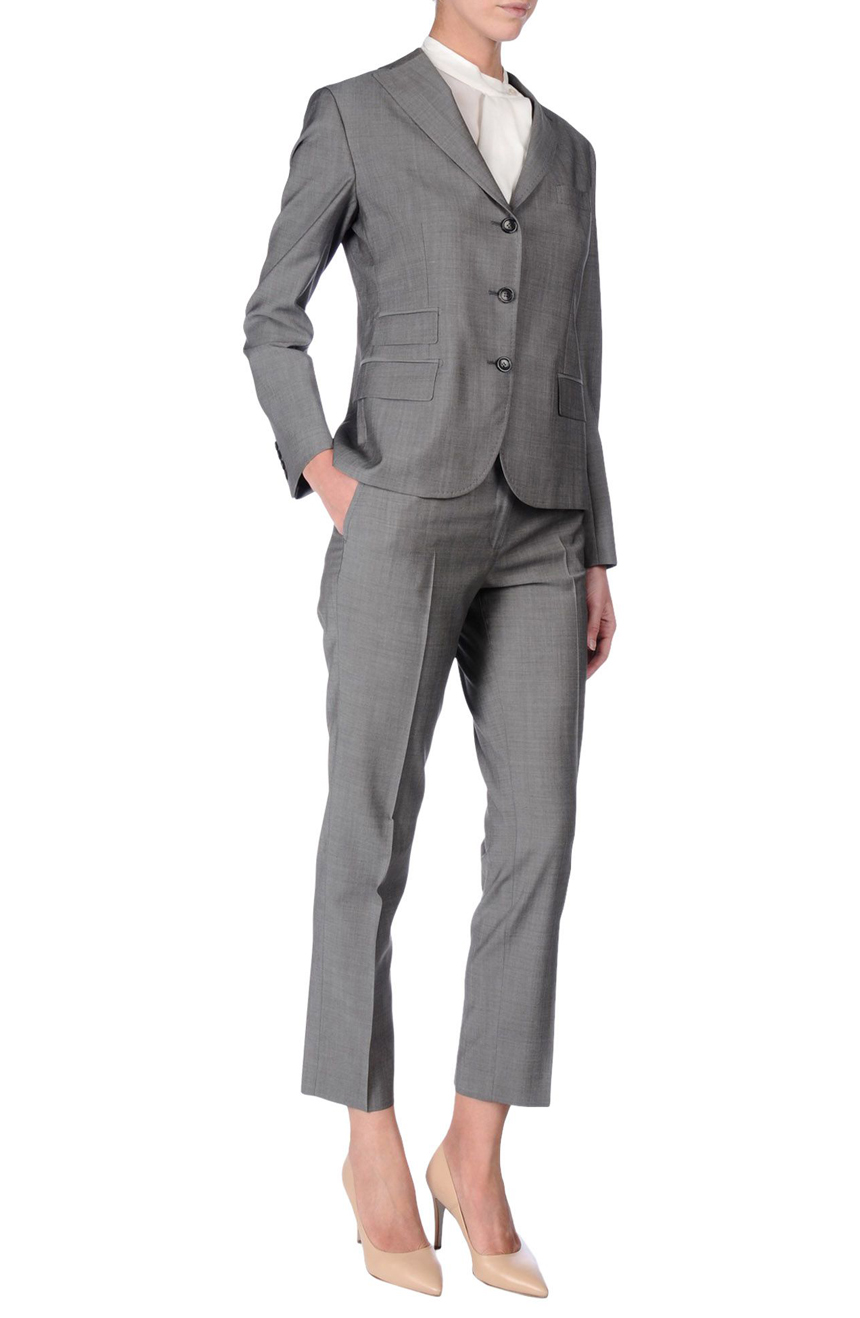Tailored Suits Perth: Raise Your Design with Custom Suits
Tailored Suits Perth: Raise Your Design with Custom Suits
Blog Article
Comprehending the Tailoring Process: From Material Choice to Last Suitable for the Suitable Wardrobe
The customizing procedure is an intricate interplay of art and scientific research, beginning with the vital choice of fabric option and finishing in the exact modifications of final fittings. Each fabric type brings special qualities that influence not just the aesthetic appeal but likewise the garment's longevity and viability for various occasions.
Value of Fabric Choice
Picking the appropriate fabric is important in the customizing process, as it directly affects the comfort, longevity, and overall aesthetic of the final garment. The choice of material sets the foundation for the garment's performance, functionality, and design. Different fabrics have distinct homes, such as breathability, stretch, and weight, which can significantly influence exactly how the garment drapes and fits the body.

A tailored item made from a proper material not just showcases craftsmanship yet likewise boosts the user's confidence. As a result, understanding the nuances of fabric option is critical for any type of tailoring endeavor. It makes certain that the final product not only satisfies the visual wishes of the customer but additionally lines up with functional needs, thus attaining an unified balance between form and feature in the tailored closet.
Kinds Of Fabrics and Their Uses
Recognizing the various types of fabrics available is essential for making informed decisions throughout the tailoring procedure. Each material possesses one-of-a-kind features that determine its viability for details garments and events.
Its adaptability enables it to be customized into whatever from t-shirts to dresses. Its all-natural flexibility helps garments maintain shape over time.
Silk emanates deluxe and is light-weight, making it best for eveningwear and delicate shirts; nevertheless, it calls for careful handling because of its delicacy. Linen, with its distinctive coating, is a popular choice for cozy environments, providing a crisp and ventilated feeling, yet it wrinkles easily, which may affect the garment's appearance.
Artificial fabrics, such as polyester and nylon, deal resilience and resistance to creases, making them suitable for everyday wear and active garments. Comprehending these textile types and their properties permits for much better decision-making, making certain that each tailored piece not just fits well but likewise straightens with the intended purpose and celebration.
The Tailoring Techniques Explained
The art of tailoring depends on a range of strategies that change textile into well-fitted garments. Central to this procedure is pattern composing, where a dressmaker produces themes based upon the client's dimensions and desired style. This first step makes certain that the garment will certainly fit the wearer appropriately prior to any kind of cutting takes place.
As soon as patterns are developed, cutting methods enter into play. Precision is critical as inaccuracies can cause misfitting garments. Tailors commonly utilize numerous reducing techniques, such as single-layer reducing for complex designs and multiple-layer cutting for performance on conventional patterns.
Basting is an additional vital strategy, enabling dressmakers to briefly stitch material pieces with each other for an initial fitting (tailored suits perth). This approach offers the chance to evaluate the drape and overall shape before last sewing
Seaming strategies, consisting of flat-felled joints and French seams, improve the garment's longevity and aesthetic charm. Tailors also use methods such as interfacing and cushioning to supply structure and form to details locations, like collars and shoulders.
Lastly, ending up techniques, consisting of hemming and side finishing, make certain the garment's long life while offering a refined look. Together, these techniques develop the backbone of efficient customizing, leading to elegant, tailor-made garments.

Suitable Changes and Considerations
After the first tailoring strategies have been applied and the garment is built, suitable modifications end up being paramount to accomplishing the perfect fit. These modifications resolve various facets of the garment, guaranteeing it contours to the wearer's body form and enhances overall appearance.

The surge of pants is one more critical variable; it should rest conveniently above the hips without creating discomfort, permitting for ease of motion. Hemming sizes for both trousers and skirts must reflect the user's preferred style while valuing percentages.
Additionally, focus should be offered to the back of the garment, making sure that there are no undesirable pulls or excess material - wedding suits perth. Each change needs to be thoroughly considered, as even small changes can significantly impact the general fit and aesthetic of the tailored piece, ultimately bring about a closet that exudes confidence and sophistication
Maintaining Your Tailored Wardrobe
Appropriate imp source maintenance of tailored garments is vital to protecting their fit and appearance in time. To guarantee longevity, normal cleaning is extremely Visit This Link important. Constantly comply with the treatment tag instructions, which might advise completely dry cleaning for fragile materials or machine cleaning for more durable products. Prevent frequent laundering, as this can wear down the textile and alter the garment's shape.
Storage is just as important; use cushioned wall mounts for jackets and layers to keep shoulder framework, and store pants folded up neatly or hung to stop creasing. Shield garments from direct sunlight, which can fade shades and damages fibers.
Furthermore, periodic evaluations for minor repair services can protect against bigger concerns. Examine for loose switches, fraying joints, or signs of moth damage, dealing with these troubles immediately to maintain the garment's honesty.
Last but not least, take into consideration seasonal rotation. Wearing customized items in small amounts permits fabrics to recoup, prolonging their lifespan. By executing these upkeep strategies, you can ensure that your customized garments stay as beautiful as the day you initially wore them, improving your suitable wardrobe for years to come.
Conclusion
The tailoring procedure, incorporating textile choice, knowledgeable methods, and precise fitting adjustments, plays an essential duty in creating garments that improve both convenience and design. Recognizing the significance of maintenance expands the life of customized garments, solidifying their value in a well-curated wardrobe.
Report this page